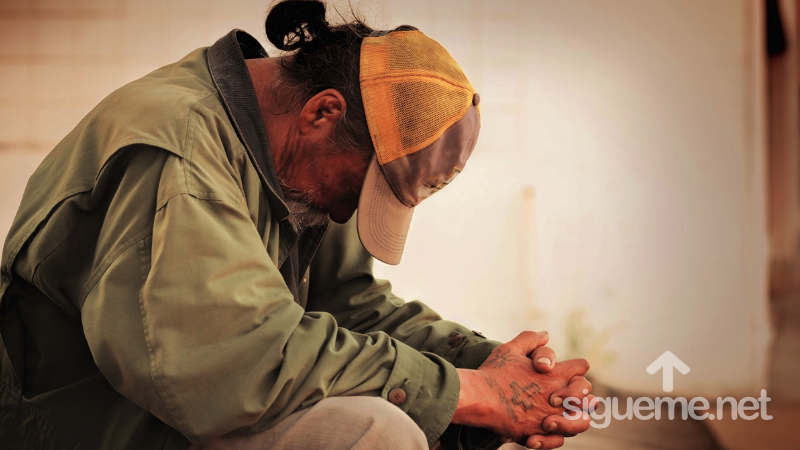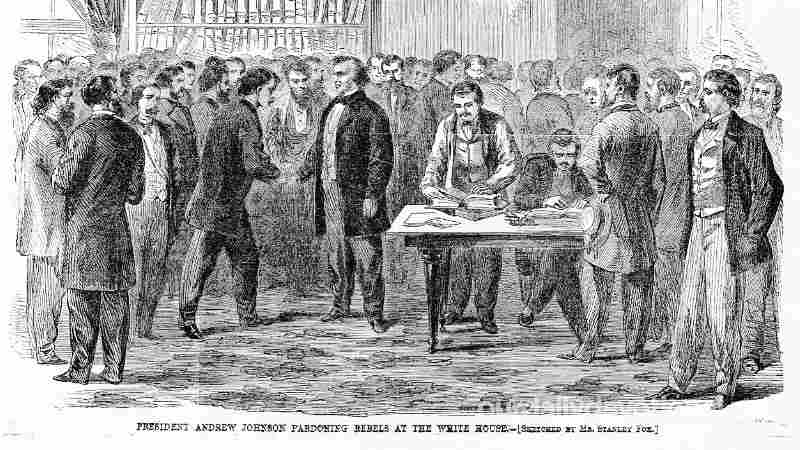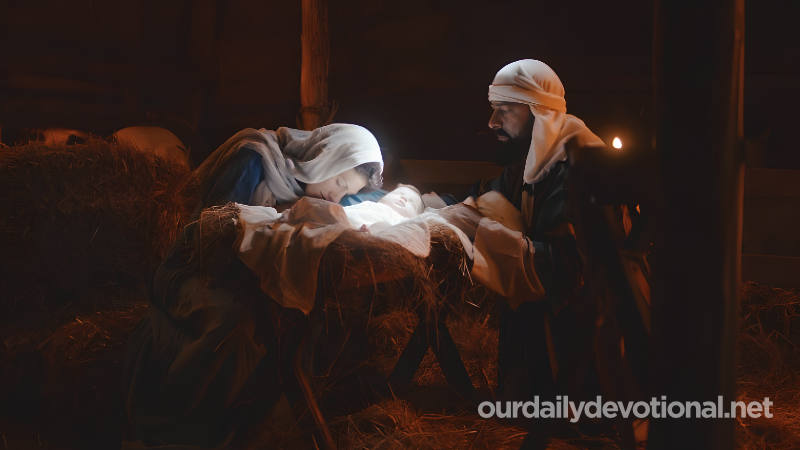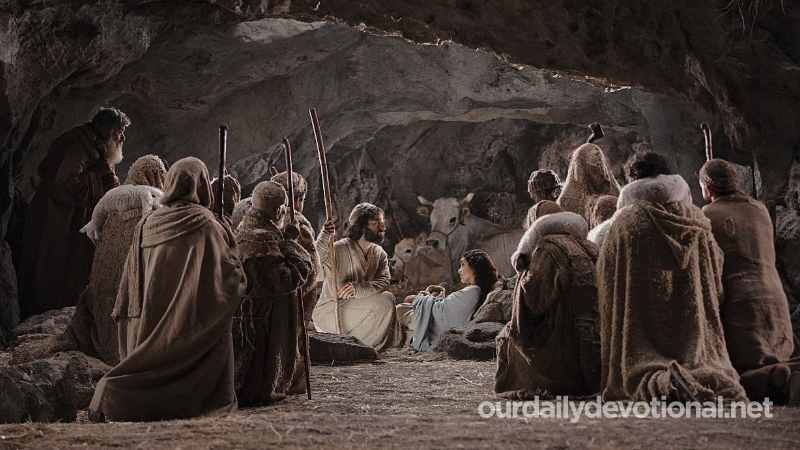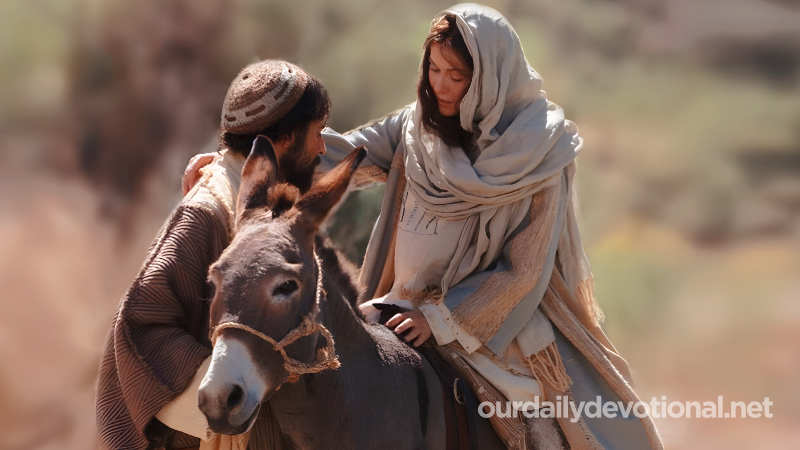Capital of the Babylonian Empire; The OT texts mention it for the first time in Gen. 10:10 with three other locations that together mark the beginning of Nimrod's kingdom (cp. Is. 23:13).
It is in Babylon that the tower of Babel enterprise took place, and, likewise, the confusion of languages (Gen. 11:1-9). Under King Hammurabi, the city became the capital of Babylon, of which it was both the political and religious center (see AMRAFEL and HAMMURABI).
It reached the height of its glory in the 6th century BC. under Nebuchadnezzar, who developed it greatly, and made it the largest and most beautiful capital of his time.
The ancient palace stood on the eastern bank of the Euphrates. Nebuchadnezzar doubled its original dimensions by extending it to the north; The building then had the river to the west, and a canal to the north and south; Its eastern façade and a magnificent monumental door overlooked the path of the great procession that came from the temple of Marduk, which was located almost 1 km to the south.
Nebuchadnezzar built another palace, about 2 1/2 km north of the old one, on an artificial hill whose slopes descended in terraces, and which were probably covered by the famous hanging gardens.
Herodotus (around the year 443 BC) stated that Babylon, which he undoubtedly visited, was a square, measuring 120 stadia on a side (the stadium was around 200 m, which made it measure just over 23 km on a side). .
These measurements would give an area of around 529 km2, including Borsippa. Ctésias, who was also an eyewitness and famous scribe of the 5th century BC, says that the city square was 90 stades on a side; According to him, the contour was 360 stadia (or almost 68 km); In this case, the surface would have been no more than a little more than half that indicated by Herodotus.
The dimensions indicated by Diodorus of Sicily and by Strabo are close to those of Ctésias. A wall (Jer. 51:58), or rather a double fortification, surrounded the city (Herodotus 1:181).
Outside stretched a wide and deep moat. It was forbidden to build houses between the two walls around the painting. Around the city, along its inner wall, there were a large number of orchards and gardens, and fields, counted within the surface of the city, but little inhabited.
Herodotus says that the city walls were 50 cubits thick (about 23 m.) and 200 cubits high (92 m.). Quintus Curtius, in 40 AD, indicates just over 10 meters thick. In any case, it can be concluded based on all these stories that the dimensions of the city were formidable.
It had a hundred bronze doors, twenty-five on each side. From these gates arose the large streets perpendicular to the wall, which intersected at right angles, dividing the city into uniform squares.
The Euphrates flowed through the middle of the city, dividing it in two. Large docks flanked both banks of the river. The city was separated from the docks by a wall in which there were twenty-five gates that each opened onto a path that descended to the shore.
There were ferries, a bridge, and even a tunnel. The walls, the docks, the palaces, the temples, the private houses, were built of bricks; Bitumen was used as mortar or cement (cp. Gen. 11:3). The palm tree provided the construction wood for the houses, with heights of 2, 3 or 4 stories (Herodotus, 1:178-186).
In 520-519 BC, and again in 514, Babylon rebelled against Darius Hystaspes, who defeated it both times and eventually destroyed it. Seleucus Nicátor, who conquered the city in 312 BC, accelerated its decline.
He made great use of the building materials he found in Babylon to build Seleucia, his new capital, on the banks of the Tigris.
The Bible's prophecies about Babylon have been precisely fulfilled (Is. 13; 14:1-23; 21:1-10; 46:1, 2: 47:1-3; Jer. 1 and 51). In Jer. 51:37 (cp. Jer. 51:1-2) it was stated that Babylon would become a heap of ruins (Jer. 51:37, cp. Jer. 1:26), and this is literally what has come to pass. be.
The ruins begin more than 5 1/2 km before the town of Hillah, extending north for almost 5 km; From east to west they occupy more than 3 km, along the eastern bank of the Euphrates.
The three most notable mounds are called by the Arabs the mounds of Babil, Kasr, and Amran. They are located to the east of the river, in a very old part of the city that, at a certain time, had been found in a triangle limited by the Euphrates and by two walls.
These walls were rectilinear; To the east they met almost at a right angle; one measured more than 3 km, and the other almost 5 km. Amran, the southern mound, marks the location of the temple of Marduk.
The central hill, Kasr, covers the old ruins of the old palace and a temple dedicated to the goddess Balit; this saint
Meaning of BABYLON
Capital of the Babylonian Empire; The OT texts mention it for the first time in Gen. 10:10


